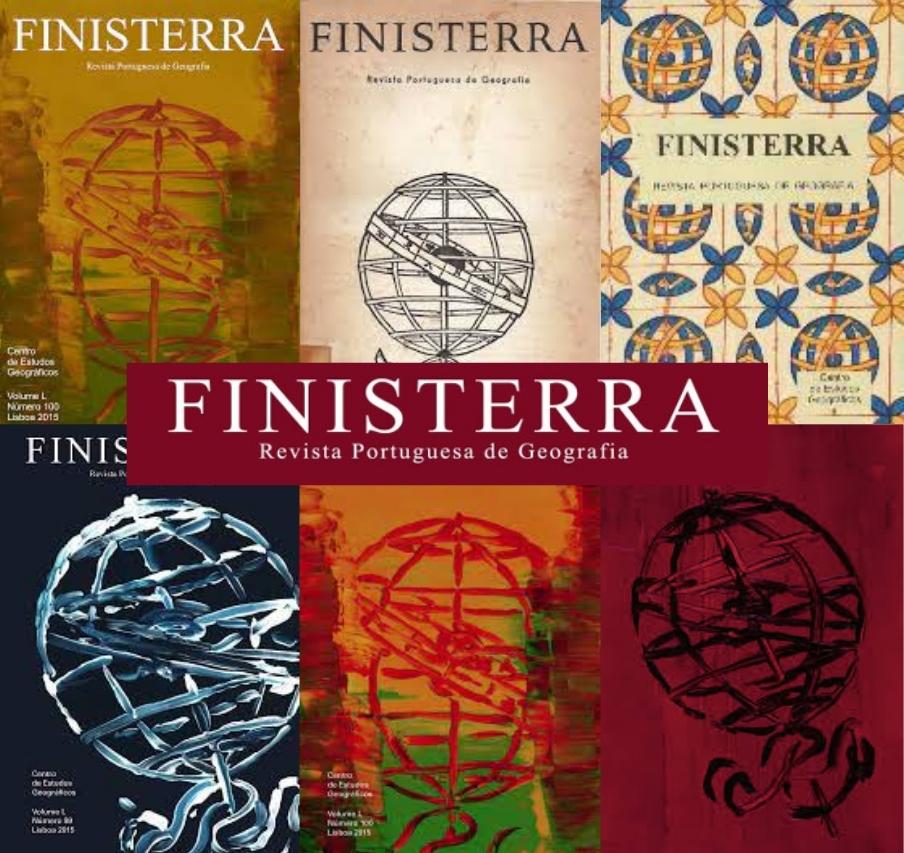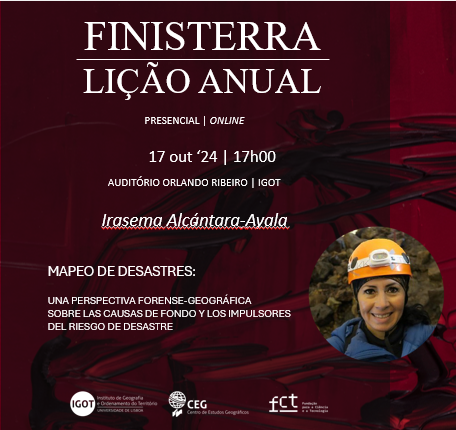Geodynamics and sea-level changes in the Meso-Cenozoic:
from the global evolution to the Lisbon Metropolitan Area
DOI:
https://doi.org/10.18055/Finis19932Abstract
This article presents an evolution of geodynamics and eustatic sea-level changes in the
Meso-Cenozoic and relates global events to the formation of Iberia and the Lisbon Metropolitan
Area (LMA). The distensive tectonic regime resulted in the breakup of Pangea, the separation
between the North American and Eurasian plates and the individualization of the Iberian
microplate in the Lower Cretaceous. Rift basins were developed until the formation of oceanic
crust in the Atlantic. The Lusitanian Basin is linked to the genesis of the Meso-Cenozoic Western
Portuguese Border, where a large part of the Northern LMA is included. The compressive
regime from the end of Cretaceous gave rise to mountain ranges in the Iberian Peninsula and
to the reactivation of late-hercinian faults responsible for the formation and subsidence of a
tectonic depression (Cenozoic Basin of the Tagus-Sado), where most of the Southern LMA is
included. It was in this tectonic framework that the subvolcanic massif of Sintra was formed at
the end of the Upper Cretaceous or the Arrábida chain during the Miocene. The transition to
the compressive regime marked the maximum sea-level in the Meso-Cenozoic (170 to 250m
above the current level). The variations in sea-level explain the LMA’s lithological diversity. The
formations of the Northern LMA date mostly from Cretaceous (prevalence of limestones and
marls), while more recent formations are prevailing in the Southern LMA (Pliocene and Pleistocene),
which justifies its detrital character.
Downloads
Downloads
Published
How to Cite
Issue
Section
License
Copyright (c) 2022 Finisterra

This work is licensed under a Creative Commons Attribution-NonCommercial-NoDerivatives 4.0 International License.
-
The opinions expressed in the texts submitted to Finisterra are the sole responsibility of the authors.
-
Authors retain copyright and grant the journal the right of first publication, with the work simultaneously licensed under the Creative Commons Attribution License, which allows others to share the work with acknowledgement of its authorship and initial publication in this journal.
-
Authors commit to following the “Submission Guidelines” available on the RCAAP platform.
-
Whenever the text requires changes based on suggestions from Scientific Reviewers and/or the Executive Editorial Board, authors agree to accept and implement these changes as requested. If there are changes the authors disagree with, appropriate justifications must be provided on a case-by-case basis.
-
Reproduction of copyrighted material has been previously authorised.
-
The texts are original, unpublished, and have not been submitted to other journals.
Copyright
It is the responsibility of the authors to obtain authorisation to publish any material subject to copyright.
Editing Rights
Editing rights belong to the Centre for Geographical Studies of the Institute of Geography and Spatial Planning, University of Lisbon.
The editing of a text submitted to Finisterra for publication implies that it is an original.
Publication implies acceptance of the submission guidelines and compliance with authors’ responsibilities.
Publication Rights
All publication rights belong to the Centre for Geographical Studies, as the publisher of Finisterra.
Licence URL: CC Attribution – Non-Commercial – No Derivatives (BY-NC-ND).
Digital Preservation Policy
Finisterra uses the Open Journal Systems (OJS 3.2.1.4), a free and open-source software for journal management and publication, developed and distributed by the Public Knowledge Project (PKP) under the GNU General Public License. PKP is a multi-university initiative that develops open-source software and conducts research to improve the quality and reach of scholarly publishing. OJS includes the PKP PN plugin, a means of digitally preserving journal content in the PKP Preservation Network (PKP PN), which ensures long-term access to OJS journal content. PKP enables OJS journal publishers to preserve content in a decentralised and distributed manner. This ensures that, in the event a journal ceases publication or goes offline, continued access to articles and issues remains available (long-term preservation).
For more information, visit: https://pkp.sfu.ca/ojs/




_(2).jpg)

